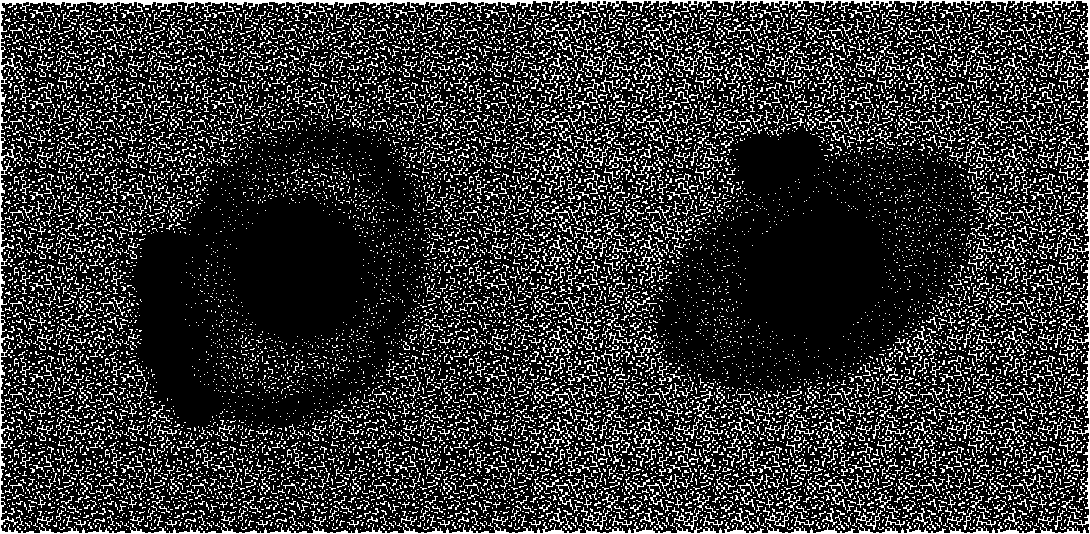Method for monitoring benzo(a)pyrene pollution of seawater by utilizing fish blood cells
A blood cell and seawater technology, which is applied in the detection of toxic organic pollutants in seawater, can solve problems such as difficult promotion, cumbersome chemical monitoring methods, and inability to truly reflect the organic pollution of surface seawater, and achieve the effect of convenient preparation and simple operation
- Summary
- Abstract
- Description
- Claims
- Application Information
AI Technical Summary
Problems solved by technology
Method used
Image
Examples
Embodiment 1
[0022] 1. Centrifuge and wash Staphylococcus aureus 3 times with 0.1mol / L PBS buffer, and adjust the concentration to 2×10 8 CFU / mL bacterial suspension, stored at 4°C for later use.
[0023] 2. Take 50 μL of Staphylococcus aureus suspension and mix it with the red blood cell suspension of flounder cultured in normal seawater and benzo-a-pyrene-containing seawater respectively in equal volumes. The ratio of cell number is about 20:1. After mixing gently, Incubate at 20°C for 30 min.
[0024] 3. Gently shake and mix every 10 minutes during the incubation to prevent red blood cells and bacterial cells from settling.
[0025] 4. After the incubation is complete, stop the reaction on ice. Add 20 μL of pre-cooled 0.25% glutaraldehyde solution to each tube, and fix at 4°C for 15 min. Take an appropriate amount of incubation solution to make a smear, dry it and fix it with methanol for 2 min.
[0026] 5. Add an appropriate amount of Wright's staining solution to each smear and st...
Embodiment 2
[0031] A 3L glass beaker was selected as the experimental container, and a total volume of 2L of spiked seawater was added, and 5 experimental fish were placed in each beaker, and 2 parallels were used for each spiked concentration. Benzoapyrene concentration gradient: 0.49 μg / L, 0.98 μg / L, 1.96 μg / L, 3.92 μg / L, 7.84 μg / L. The experimental period was 14 days, the temperature was (20±2)°C, and the standard solution was changed every 24 hours to measure the change of the immune adhesion rate of blood cells.
[0032] 1. Use a 2.5mL sterile syringe to collect blood from the tail vein of the experimental fish, mix it with Arbori anticoagulant and flounder peripheral blood 1:1, and store it in a refrigerator at 4°C for later use
[0033] 2. Centrifuge and wash Staphylococcus aureus 3 times with 0.1mol / L PBS buffer, and adjust the concentration to 2×10 8 CFU / mL bacterial suspension, stored at 4°C for later use
[0034] 3. Take 50 μL of Staphylococcus aureus suspension and mix it wi...
PUM
 Login to View More
Login to View More Abstract
Description
Claims
Application Information
 Login to View More
Login to View More - R&D Engineer
- R&D Manager
- IP Professional
- Industry Leading Data Capabilities
- Powerful AI technology
- Patent DNA Extraction
Browse by: Latest US Patents, China's latest patents, Technical Efficacy Thesaurus, Application Domain, Technology Topic, Popular Technical Reports.
© 2024 PatSnap. All rights reserved.Legal|Privacy policy|Modern Slavery Act Transparency Statement|Sitemap|About US| Contact US: help@patsnap.com









